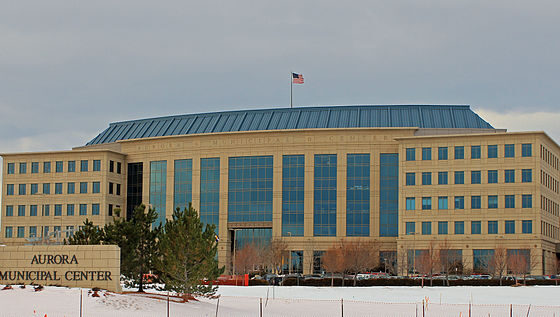The Chester M. Alter Arboretum held its first Tree Election this year, which allowed students to vote on which tree the arboretum will plant on campus for Arbor Day. Polling ran from March 24-April 8, and results were posted online on April 9. The Texas Red Oak won with 178 votes, beating the Lacebark Pine with 85 votes.
According to Francesca Aguirre-Wong, curator of the arboretum, the Texas Red Oak will be planted in the Harper Humanities Garden on April 25 at 2 p.m. The date was chosen because it is National Arbor Day, as well as the day of the Annual Earth Day Summit. There will be a Tree Planting Cupcake Party and everyone will be invited to participate in the planting.
“We’ll probably do this again next year,” said Aguirre-Wong. “The students really loved being involved in the decision making process, because they’ve never had a say in what trees get planted on campus.”
Aguirre-Wong said that in addition to an online poll, the arboretum had a booth on the Driscoll Bridge on April 1-2, and a booth at the Earth Month Carnival on April 8. Anyone in the university community was allowed vote, but the majority of the votes came from students. She said students mostly voted on the beauty of the tree, how much water it required and to where it was indigenous.
“We got a lot more students involved than we thought we would, which was surprising and really rewarding,” said Aguirre-Wong. “We work really hard at the arboretum and it’s good to know that students do care and that they’re genuinely interested in the trees on campus.”
According to Aguirre-Wong, the two trees in the election were chosen because the university is attempting to expand its oak and pine collections. There are no red oaks on campus, and there is one lacebark pine in front of the Leo Block Alumni Center. Aguirre-Wong said both trees require low amounts of water and high amounts of sun, which is good for the conditions in Denver. The oak is native to the South Central U.S., while the pine is native to China.
“We wanted to pick two very different trees, which is why it was an oak and a pine,” said Aguirre-Wong. “We got to find out what students like to see on campus.”
Aguirre-Wong added that the arboretum tries to plant a tree every year to celebrate Arbor Day. They also do other plantings throughout the year, especially related to construction projects, because every new building needs landscaping.
“That’s where most of tree plantings stem from, but we are trying to get more funding for plantings outside of construction,” said Aguirre-Wong. “The plantings that come from construction projects are usually more focused on how pretty they look. They’re less focused on whether they are sustainable, how they will look in a hundred years, how much maintenance they require and so on.”
One building project that will affect the arboretum is the construction of the Anna and John J. Sie International Relations Complex. The Korbel building will expand west, according to Aguirre-Wong, which will force the arboretum to take out some trees and transplant others.
One of the trees that will be transplanted is the Cedar of Lebanon, which is a state champion tree, meaning it is the largest of its kind in Colorado. The permaculture garden will also have to be relocated to West High School until another place is found for it.
“It’s laborious and expensive to transplant trees,” said Aguirre-Wong, “But it’s really cool that we get to save them.”
According to Aguirre-Wong, these are not the only projects the arboretum is working on right now. Over the last month, the arboretum has put tags with accession numbers on over 2,000 trees on campus. On Monday, April 7, they put the entire collection on their website.
“That’s something you do with any curated collection, whether it’s in a museum or in a living collection,” said Aguirre-Wong. “Now anyone around the world can view it, whether they’ve ever been to campus or not.”
The arboretum will also start doing one-hour tours of the Harper Humanities Garden in May. These tours will be free and open to the public, and will run through the summer and part of fall. The arboretum started doing tours last year and they were very popular, according to Aguirre-Wong.
“We really want to start incorporating students and community members into the arboretum,” said Aguirre-Wong. “We want to bring about more awareness in the community.”











